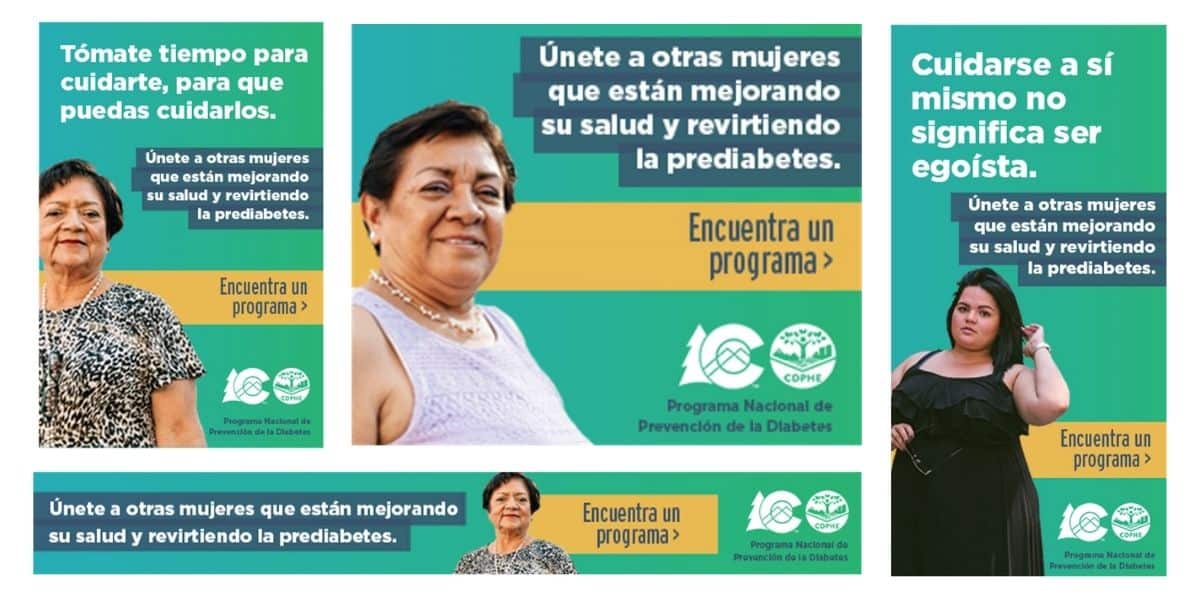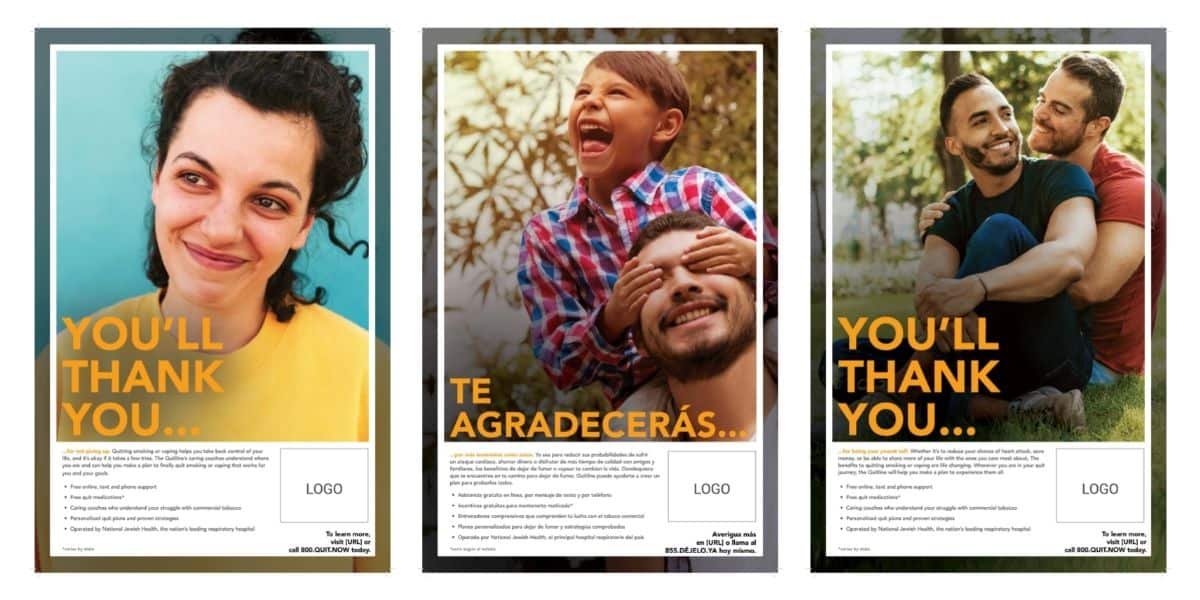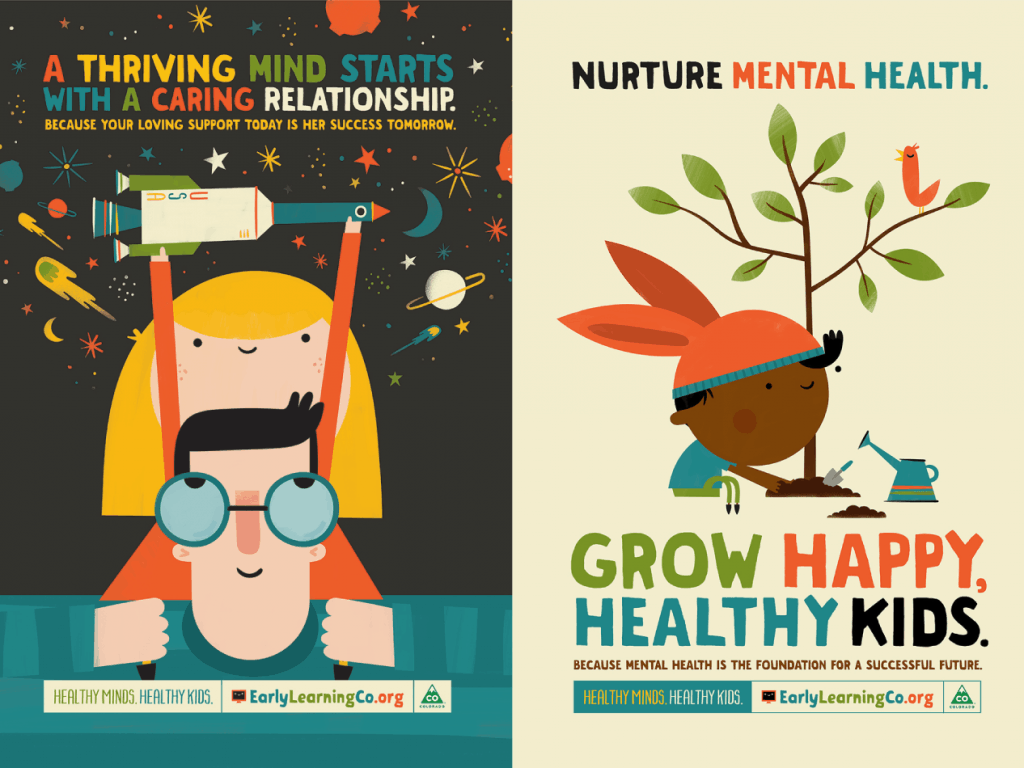Challenge:
Social norming campaigns, particularly those aimed at youth, are increasingly recognized as evidence-based preventive interventions proven to positively influence behavior change. These campaigns leverage positive peer influence by highlighting healthy, common attitudes and behaviors within a community to shift perceptions and encourage healthier choices.
Despite their effectiveness, many health professionals and community leaders struggle to fully grasp the concept of social norming and how it can support youth behavior change. In a society that typically fixates on the bad news, it’s counterintuitive to focus on those who are making healthy choices. Yet many, and often the majority, of youth share positive and healthy attitudes and choose safe and health-promoting behaviors. A social norming approach uncovers the true positive that exists within a group of youth and celebrates the true positive norms of the group by sharing that information via multi-media campaigns.
Misunderstandings or confusion about the approach can create barriers to successful implementation, especially in schools and youth-focused programs, where clear communication and strategy are essential for driving impactful results.
ADAPT (A Division for Advancing Prevention and Treatment) is a national training and technical assistance division affiliated with the Office of National Drug Control Policy’s National HIDTA Program. Its focus is to promote healthy behaviors and prevent onset or escalation of substance use in youth. ADAPT supports communities across the nation to implement prevention strategies that will meet unique local needs and are grounded in the best available evidence.
The organization often collaborates with schools, community groups, law enforcement, and healthcare providers to guide them in selecting and implementing effective preventive interventions that promote healthy youth development and prevent substance use and other problems. Since 2023, ADAPT has engaged 10 middle schools across the nation interested in implementing a social norms media campaign on their campus.
ADAPT engaged SE2 to develop resources to help demystify social norming campaigns and encourage public health and school leaders to explore this strategy and apply it effectively to improve youth health outcomes.
Approach:
We developed an engaging explainer video as a key element to support ADAPT in its outreach efforts to schools and other community partners. This video clearly articulated the concept of social norming and how school staff, parents/caregivers, and others involved could support the campaign effort. When the campaign was complete, SE2 interviewed students and staff to share their experiences and report on the positive outcomes of the campaign.
Video is an effective medium for unpacking complex concepts, as it combines visual elements with concise messaging to create a clear and compelling narrative. This approach caters to the busy schedules of professionals who seek high-level education but have limited time to dedicate to in-depth training sessions or written materials.
The explainer video humanizes and distills the essence of social norming strategies. By using animations, scenarios, and expert insights, the video captures attention and simplifies otherwise hard-to-grasp ideas, making them accessible and understandable. This format not only fosters engagement but also allows professionals to grasp the critical aspects of social norming quickly and easily.
Results:
The videos serve as a versatile resource that is being shared across various platforms, facilitating broader dissemination of knowledge and encouraging discussions within professional networks. By providing a succinct overview of social norming strategies, it empowers professionals to implement these evidence-based practices in their own programs and initiatives, ultimately contributing to healthier outcomes for youth in their communities. The ADAPT team reports that this is a highly effective resource to set the stage for the training and technical assistance they provide to communities across the country. It was also featured in ADAPT’s annual summit, which is attended by over 1,000 public health, law and drug enforcement, and other community leaders across the country.





